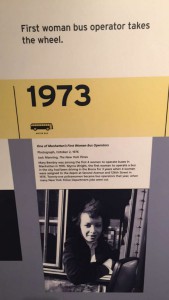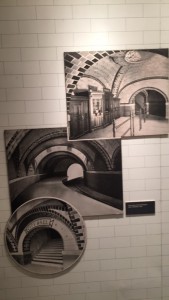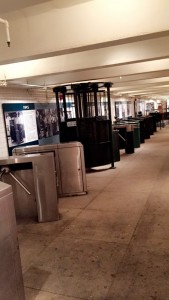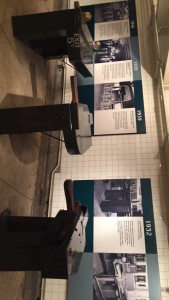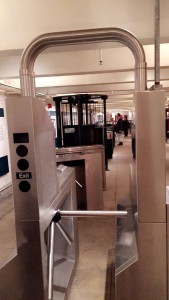In regards to the archives, what I first noticed is that not many of the employees in the MTA building know of its existence. My experience in the archive alone was amazing, due to the fact that I had the chance to handle photos that were not only beautiful but older than myself and were in superb condition. I also looked over expense logs for GCT, in these logs you could find minor repairs/modifications.
Found two sources at the archive:
- Watson, E. Correspondence land. 1965 – 1976.
I found this source interesting because I saw that watson had interesting ideas for a change in brooklyn and some maps of brooklyn neighborhoods.
- NY Central System. Grand central terminal. 1964 – 1968.
This source showed interesting moment at GCT but i found it really interesting that the book was in really great condition for how old it was.
The museum visit taught me a lot, and has allowed me to look at public transportation much differently.
in this photo, It shows a fact that really intrigued, which was that the first woman to drive a bus for the mta, got behind the wheel for the first time in 1973. A tremendous fact.
This photo is of multiple photos of city hall train station and it reminds me of gustivino tiles and to be honest, I wouldn’t be surprised if they were actually gustivino tiles.
I find the generations of turnstiles extremely interesting. To see where it started from and to where it is now, is quite incredible.

